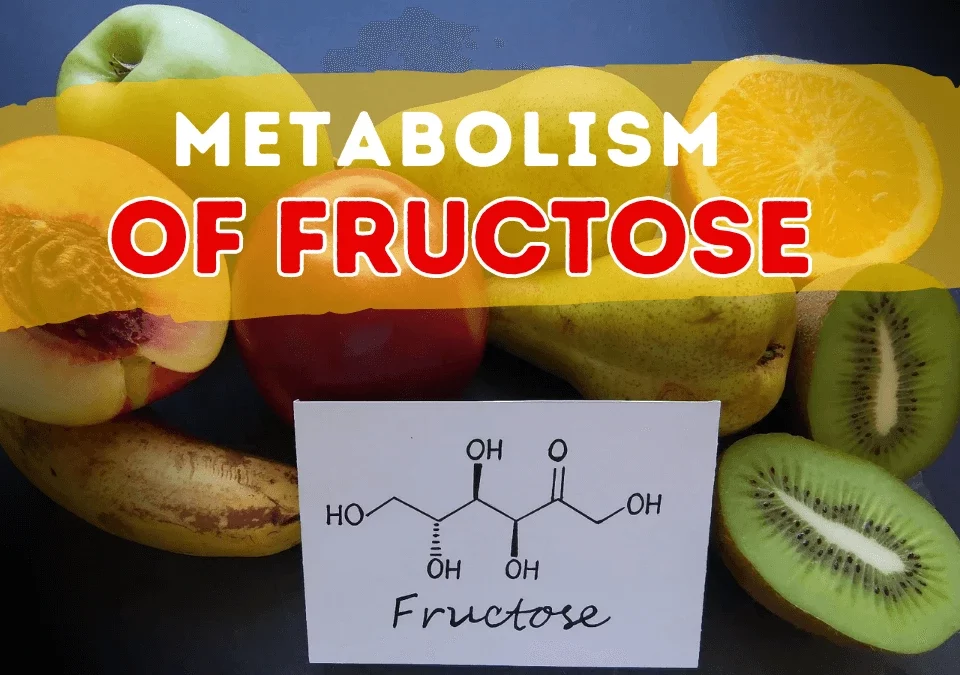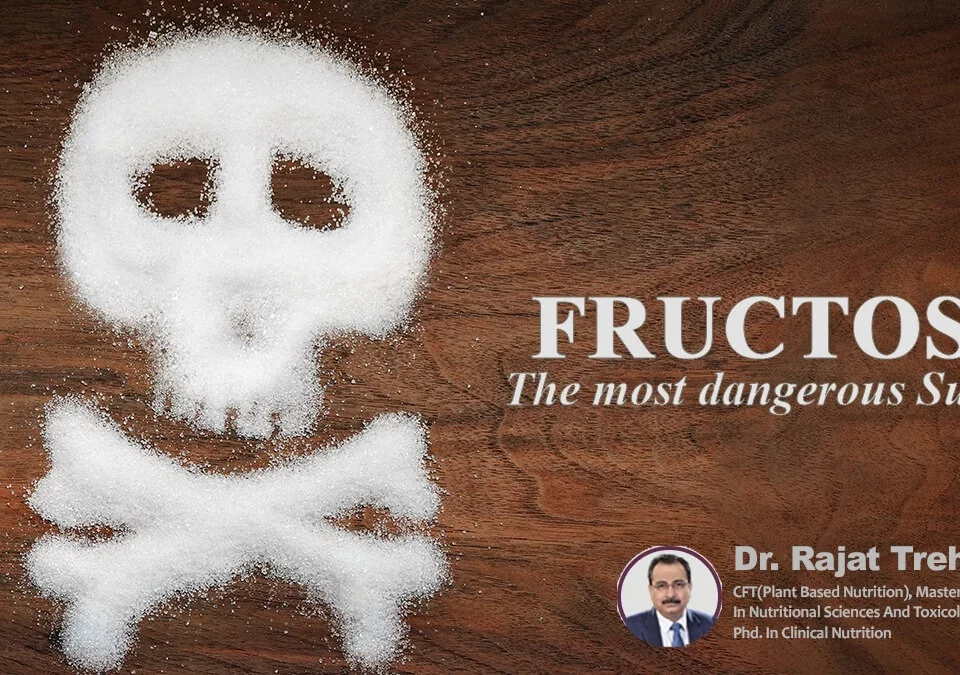Evaluating Protein Quality

Natural Vs Synthetic Vitamins
August 6, 2022
Kacha Kela Vegetables Kofta Curry
August 27, 2022Evaluating Protein Quality
We all are aware of the importance of protein for our bodies. It is required at every stage and age since our birth. These building blocks give life to our body for good metabolism and functioning. An infant needs protein in the growing years, and the children require protein for brain development. Adults and ageing people also require protein for healthy joints and muscles. So, it is evident that if we don't consume protein, lack of protein over time may reduce muscle mass. Lack of protein slows the metabolism, cuts the strength and makes it hard to maintain body balance. When our cells don't get enough oxygen due to a lack of proteins, we become anaemic or frequently experience fatigue.
Now, we know that protein is pivotal to life. But do you know it is essential to be aware of protein quality? According to nutrition scientists, protein quality is the ability of a dietary protein to meet daily metabolism requirements and the growth or maintenance of body tissues. Our body needs protein but in the correct ratio. So, protein quality identifies the digestibility and the number of essential amino acids. Also, it must meet the essential amino acid requirements and the human’s physiological needs.
In this context, the highest proportion of protein is found in the Soybeans. Protein accounts for 20-30% of the weight in most legumes. Surprisingly, 40% of the weighted credit goes to protein in whole soybeans. The best sources of high-quality lean proteins are soy foods. Not only their consumption provides health benefits, but it prevents certain chronic diseases. In different soy products, the amount or ratio of protein varies; soy isolate contains 90% protein, soy concentrate contains 70% protein, and soy flour contains 50% protein.
So, there are methods to evaluate protein quality. At different times, different methods of assessing protein quality have been used. The most common are the following three methods:
Biological Value (BV)
It measures the amount of protein that the body retains.
Protein Efficiency Ratio (PER)
This parameter measures growth following intake of a particular protein.
PDCAAS-
Protein Digestibility corrected Amino Acid Score measures the
amount and percentage digestibility of amino acids present as
determined by the WHO. PDCAAS system is now considered over the
other two methods; USFDA accepts it as the official evaluation method.
In this system, Isolated soy protein marks the maximum 1 (one) point. It
is also declared that the only protein classified as complete protein is
the soy protein as it has high calcium compared to milk; it does not
contain casein responsible for bone calcium loss.
Moreover, soy protein-containing food offers potential dietary factor
benefits and helps prevent chronic diseases. The best part is that soy
does not have cholesterol, thereby keeping various heart diseases at
bay.
We learn what sort of protein we are consuming, inferior or superior.
This is the reason why evaluating protein quality is a must.







